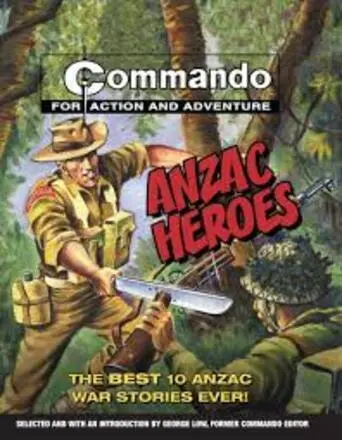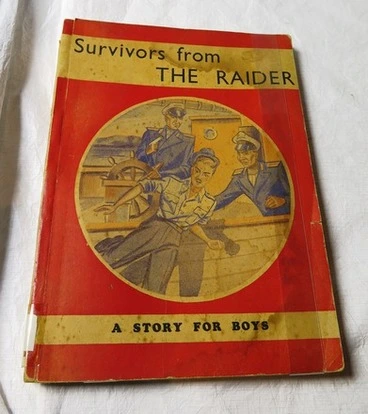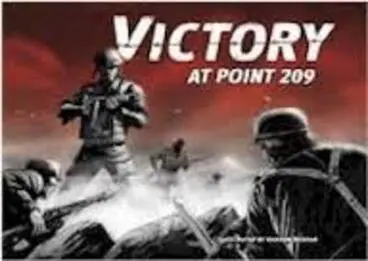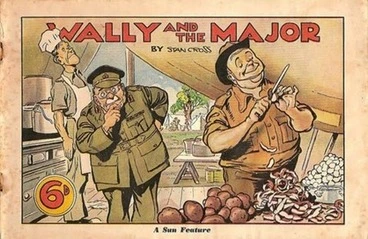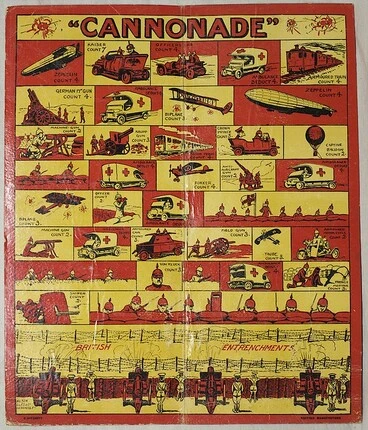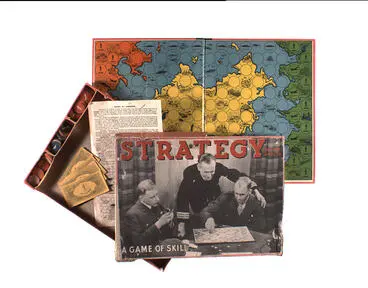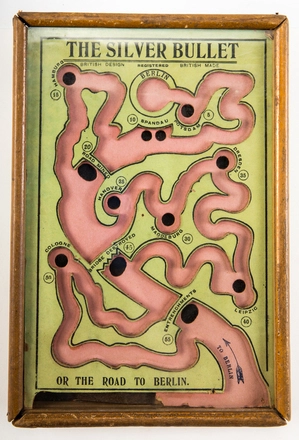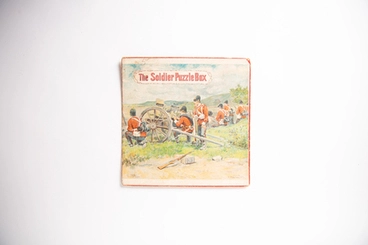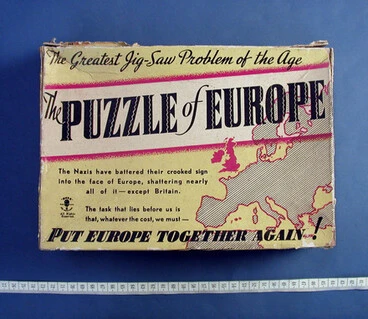War games
A DigitalNZ Story by Kevin Double
Children's toys can mimic activities restricted by convention and law to adults. Fighting in war is one such activity not suitable for children, however it seems "playing at war" is supported via a wide range of different toys throughout our history.
toy dolls
Nursery On Parade!
From soft and cuddly ones for younger children, to more realistic huggable and posable dolls. Here are a few that the archives included.
Although also featuring a doll, the 1915 family photo shown here is considerably more poignant when you think that military uniformed doll has temporarily, or indeed permanently, replaced a missing loved one.
Doll
Museum of New Zealand Te Papa Tongarewa
Family Photo with military action figure/doll c1915
Archives New Zealand Te Rua Mahara o te Kāwanatanga
toy, soldier
Auckland War Memorial Museum Tāmaki Paenga Hira
Whilst it is true that these next two dolls were not made as toys, they would no doubt be loved by young children then and now, as much as they were by the adults who longed to see their loved ones they depicted again. Softly appealing to children yet representing the hard reality of loss and fragility of the body, these unique items have a their own mini documentary from NZ TV which I've also included here.
Soldier doll
Museum of New Zealand Te Papa Tongarewa
A Soldier's Doll - Tales from Te Papa episode 61
Museum of New Zealand Te Papa Tongarewa
Soldier doll
Museum of New Zealand Te Papa Tongarewa
cowboys and indians
Most of the toys pulled from the NZ archives in this story represent the World Wars of the early 20th century, which of course NZ's were directly involved in. However although limited in scope to parts of frontier America in the 19th century, these 'Cowboy and Indian' battles, as since popularised by Hollywood films, comic books, and early TV, have become mainstays of children's play all over the world.
The hopes to end 20th century war saw apocryphal stories such as this one about a child's doll from the era being shared again.
the small scale of war
Perhaps only second to the toy gun, children's toys depicting war and the military in scale model form remain as common today as they have always been.
toy gun
Auckland War Memorial Museum Tāmaki Paenga Hira
Toy Tank
Museum of New Zealand Te Papa Tongarewa
The level of detail increases as technology has developed from tin plate, to tin moulds, though die cast metals, and onto plastic pieces and kits.
toy soldier
Auckland War Memorial Museum Tāmaki Paenga Hira
toy soldier
Auckland War Memorial Museum Tāmaki Paenga Hira
model aeroplane, bi-plane
Auckland War Memorial Museum Tāmaki Paenga Hira
toy ambulance
Auckland War Memorial Museum Tāmaki Paenga Hira
Toy ship
Museum of New Zealand Te Papa Tongarewa
"BOOM" IN TOY SOLDIERS. (Mataura Ensign 23-12-1912)
National Library of New Zealand
Although desired by children there are some models which have always been beyond pocket money and have become expensive adult treasures commemorating those in wars, as well as the battles they fought. Sometimes played with, or just displayed, these toys are set to be handed down to generations to come who hopefully won't end up becoming depicted in future scale models themselves.
This RNZ clip from 2014 is an interview with Mr Farley of Regal Tin Soldiers in Greytown. Beyond the usual interview questions about the building up, albeit in scale form, of the military, it is interesting on another level for the mid-point interruption and consequent 'dead air' that becomes increasingly traumatic for the interviewer!
dressing up
Simply and literally a uniform depiction of childhood from our archives.
costume, fancy dress
Auckland War Memorial Museum Tāmaki Paenga Hira
Children's dance tableau in toy soldier costume
Museum of New Zealand Te Papa Tongarewa
Unidentified Child
Palmerston North City Library
Dr Monk Child
Auckland Libraries
Inwood
Nelson Provincial Museum
bang! Bang!
The weapons may be different but the aim is the same.
Taylor, Boy
Puke Ariki
'Bang !, Bang !' shouts Mutu. From the series: Washday at the pa
Museum of New Zealand Te Papa Tongarewa
Gun games, 1976
Manatū Taonga, the Ministry for Culture and Heritage
Harris family; John Harris with toy plane, Sandford St, Upper Hutt, c. 1968
Upper Hutt City Library
World wide toy manufacturers have since joined the battle to win over children's pocket money by selling toy arms. However the translations of marketing slogans into English markets can lead to strange examples as shown here.
M3A1 Model Ding Gun
The best news weapon. Hit. Here. Try me.
Puke Ariki
read all about it
A small selection of literally graphic depictions of war. Harmless comics or normalising brutal actions from our tragic history? Even this small selection from the archives shows the 'enemy' as faceless and unknown, whilst the heroes have names and stories supporting their goals.
Anzac heroes : the best 10 Anzac war stories ever!
Auckland War Memorial Museum Tāmaki Paenga Hira
book, childs
Auckland War Memorial Museum Tāmaki Paenga Hira
Considering that war movies from the time were, or have since been, restricted to PG or higher classifications, it is interesting to think about the accessibility of these paper representations in the same context.
Victory at Point 209
Auckland War Memorial Museum Tāmaki Paenga Hira
Wally and the Major
Auckland War Memorial Museum Tāmaki Paenga Hira
play it again sam
Recreating the decisions and strategy of war through board games aimed at, or played by, children is periodically popular throughout history. Looking at these examples the level of realism, especially when combined with imagination and maybe recent experience, could now be considered concerning. This is long before the advent of video games which have since taken up the challenge of recreating battles and war, expanding it to levels and realism these games and their players could only have discovered after enlisting.
"Cannonade" board game produced 1916
Archives New Zealand Te Rua Mahara o te Kāwanatanga
Of course unlike war, board games replace the risk of death with the chance roll of dice, the fighting participants with tokens or models, and the military commanders dictating their moves with your fellow players. The glory of wining and fear of loosing is defined by rules of play agreed to by all participants beforehand and debated as the game is played.
Board Game - 'Strategy', G. N. Raymond Pty Ltd, circa 1939
Museums Victoria
Pinball game, 'Berlin or Bust'
Museum of New Zealand Te Papa Tongarewa
game, dexterity
Auckland War Memorial Museum Tāmaki Paenga Hira
Military technology continues to push the boundaries of what is possible in war, long beyond a level achievable in strategy table top maps, and video game screens, yet rather ironically aiming to emulate the physical and emotional detachment for those involved now, that these games were once trying hard to recreate.
missing pieces
Jigsaw puzzles could, in some ways, be considered a symbolic story of all war and conflict.
Starting with the depiction of what once was on the box, to the chaotic destruction of that picture when a child empties the box out, followed by the painstaking rebuilding of what once was and the desire to place every piece. Maybe these examples are of their time and jigsaws no longer show such scenes.
But for the scenes these examples represent, the reality was many pieces lost, and not just under the sofa, so ultimately the real picture of war is one that can never be the same afterwards as it was before. Call me foolish but maybe we can just not open the box in the first place?
puzzle, jigsaw
Auckland War Memorial Museum Tāmaki Paenga Hira
Jigsaw puzzle, 'The Riddle of the Pacific'
Museum of New Zealand Te Papa Tongarewa
This final toy is a self proclaimed 'greatest jigsaw problem of the age...' asking you to 'put Europe together again!'
Something that is maybe just as relevant today, as it was back then?
puzzle, jigsaw
Auckland War Memorial Museum Tāmaki Paenga Hira
Thank you for reading this story. All of the opinions are just that, opinions, and included by the author as a way to think differently about how we represent and normalise items and imagery of war, especially those aimed specifically at our future generations. Whilst it is true that human nature includes conflict, and therefore children may naturally always fight or play at fighting, it maybe does not need to include the horror of machine guns and covertness of uniforms designed to remove the unique identity of those involved. Just a fought and a timely one I wanted to publish now when thoughts of the 100 year end of WW1 are in our minds.
This DigitalNZ story was collated and written by Kevin Double from searches of all available archives in the digitalNZ platform. Items have been included with a preference towards photos, and regardless of individual copyrights, so please do check before reusing any of them outside of the digitalNZ platform.
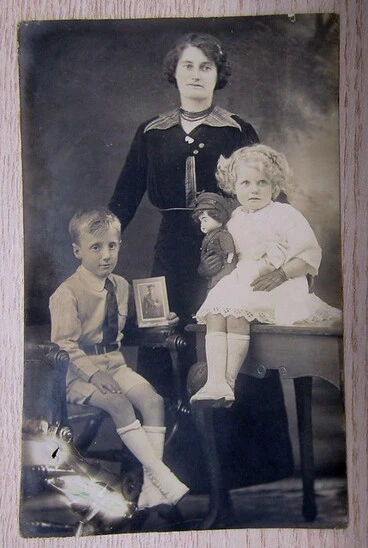
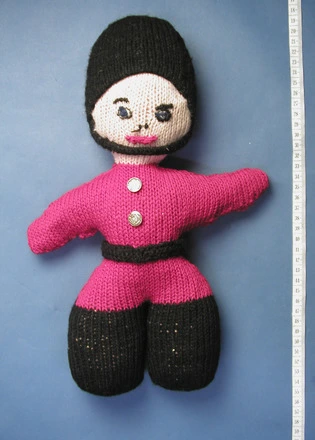
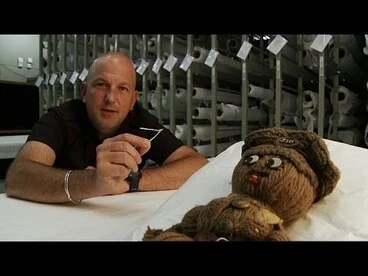
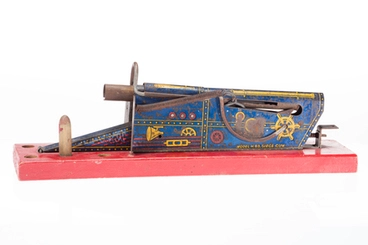
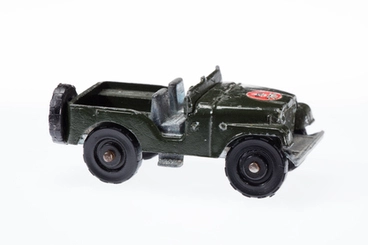
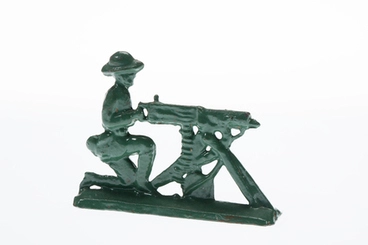
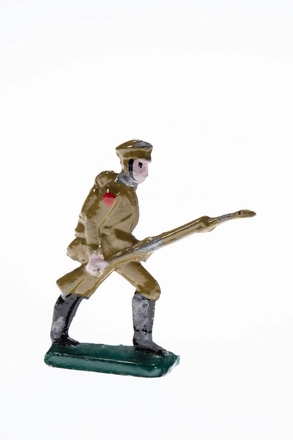
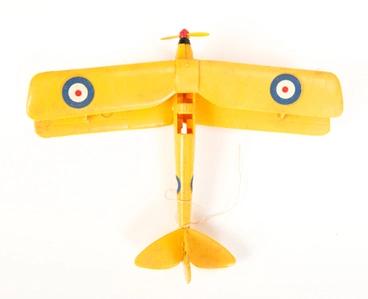
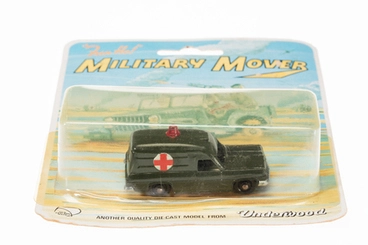

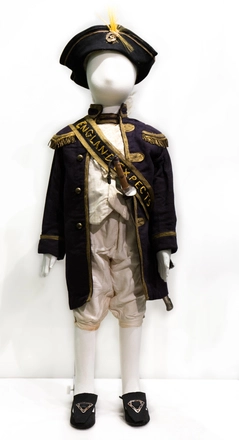
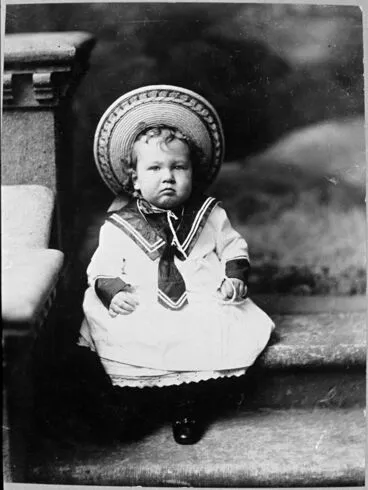
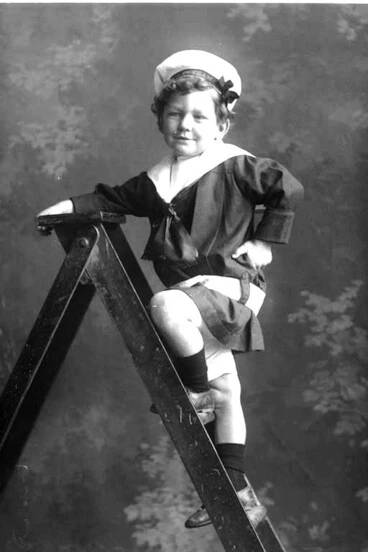
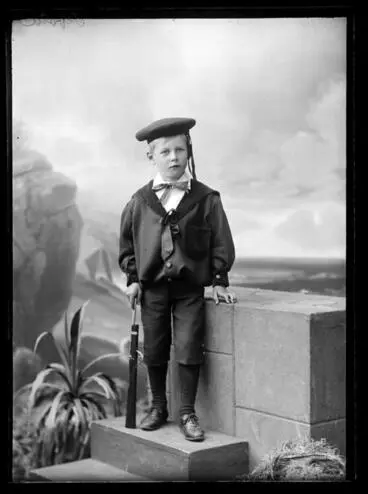
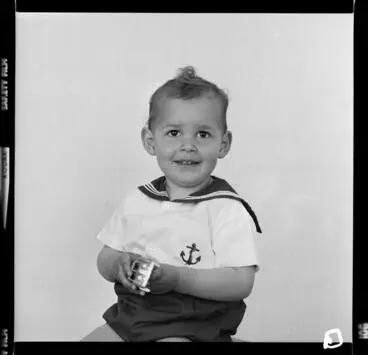
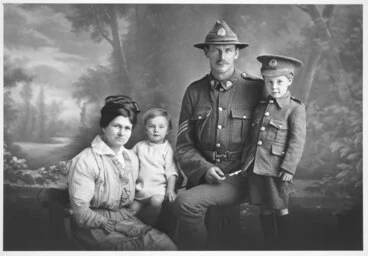
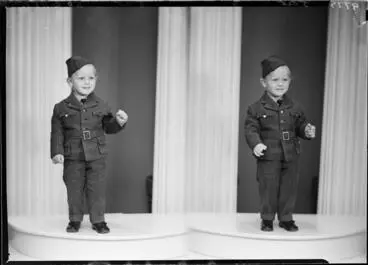
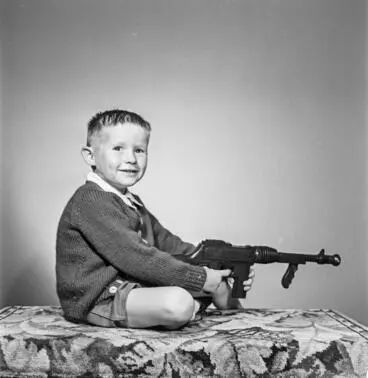
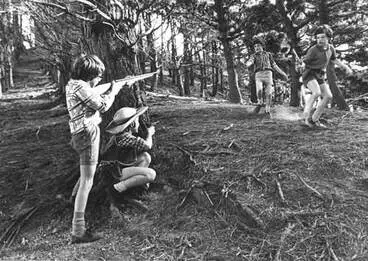
!["Untitled" ['Enduring Freedom' series] Image: "Untitled" ['Enduring Freedom' series]](https://thumbnailer.digitalnz.org/?resize=770x&src=https%3A%2F%2Fcollection.pukeariki.com%2Frecords%2Fimages%2Flarge%2F7351%2Fe1b7128ec40193d031f23e8f4a34bbe887621aee.jpg&resize=368%253E)
